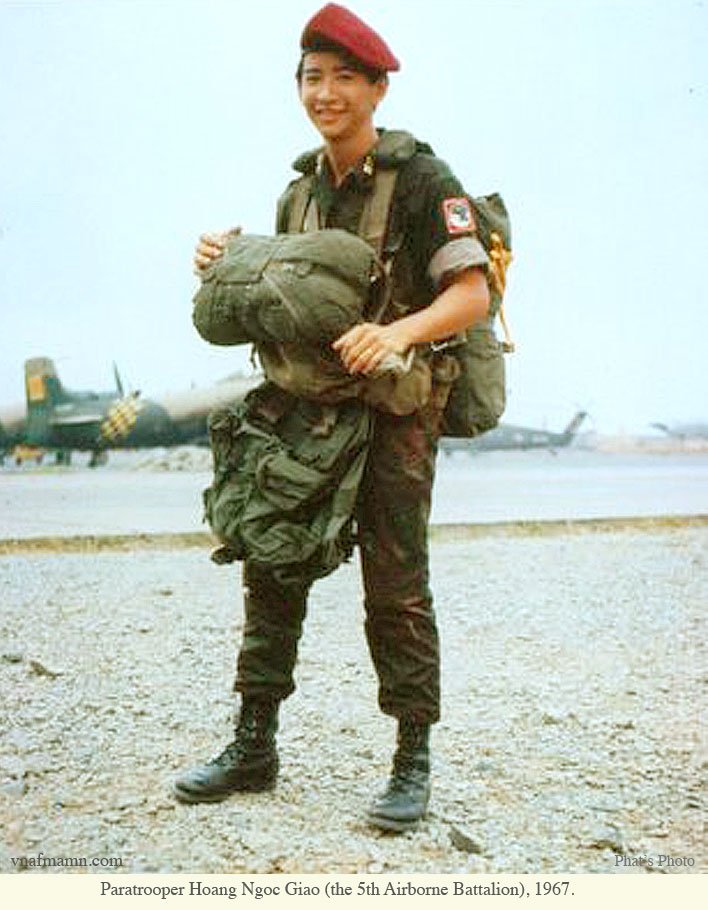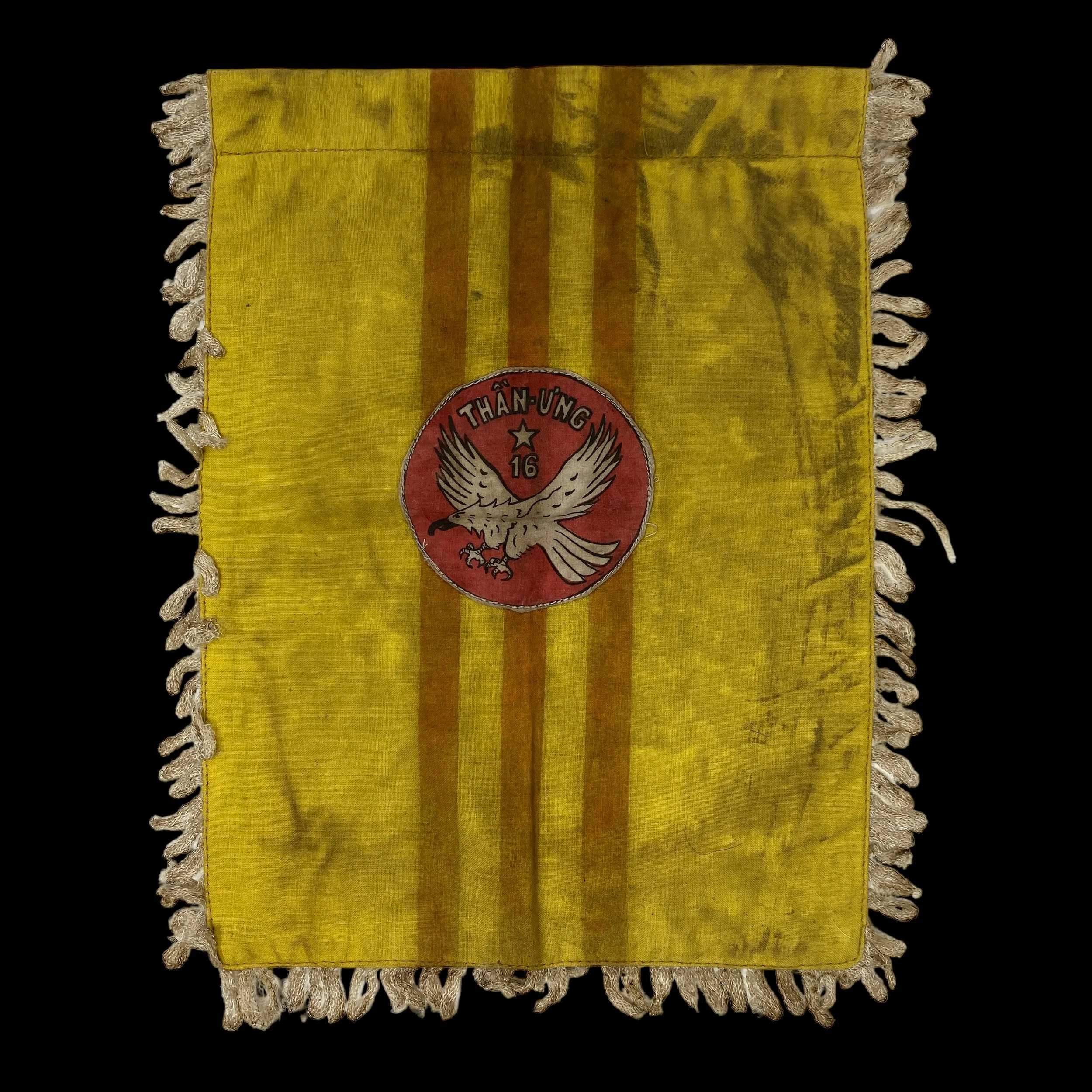VERY RARE! "Angels in Red Hats" Vietnamese Airborne Division (ARVN) Airborne Division Flags From Saigon



















VERY RARE! "Angels in Red Hats" Vietnamese Airborne Division (ARVN) Airborne Division Flags From Saigon
Comes with a hand-signed C.O.A. and a detailed document with additional research
This extremely rare and museum-grade Vietnam War Vietnamese Airborne Division (Binh chủng Nhảy dù Việt Nam Cộng hòa) flag is only one of a small handful of ARVN Airborne Division flags from Saigon.
In 1965, the ARVN formed an airborne division. The Red Hats joined the Vietnamese division in some of the fiercest battles of the war, including Hue and Phu Cat (1966), Dak To (1967), and the Tet Offensive (1968). During Tet, airborne units killed over 2,000 enemy, protected the Presidential Palace in Saigon, and lost two American advisors. The Vietnamese parachute units advised by the Americans were among the best fighting units in the Army of the Republic of Vietnam (ARVN), with a long tradition of service with the French Army. Several Vietnamese paratroopers rose to the highest levels of ARVN leadership, including Tran Van Don, Cao Van Vien and Do Quoc Dongollater. American advisors were, themselves, and elite group. They were all volunteers and brought the Vietnamese units a high level of military skill and fighting spirit. Most team members had served with the 11th, 82nd or 101st Airborne Divisions. In addition, the team included U.S. Air Force forward air controllers. They were called “Red Markers” for their ability to mark targets during battle.
The Airborne Division, alongside the Vietnamese Rangers and the Marine Division were often regarded as among the most effective units, with former airborne advisor General Barry McCaffrey noting that "those of us privileged to serve with them were awestruck by their courage and tactical aggressiveness. The senior officers and non-commissioned officers were extremely competent and battle-hardened." Eight of nine battalions and three headquarters had earned US Presidential Unit Citation (United States) of which eight of these were earned by the Airborne between 1967-1968 which included the Tet Offensive period. Airborne commanders were often highly rated, with Airborne Commander Ngô Quang Trưởng once described by former Airborne-adviser and Gulf War commanding General Norman Schwarzkopf Jr. as "the most brilliant tactical commander I have ever known".